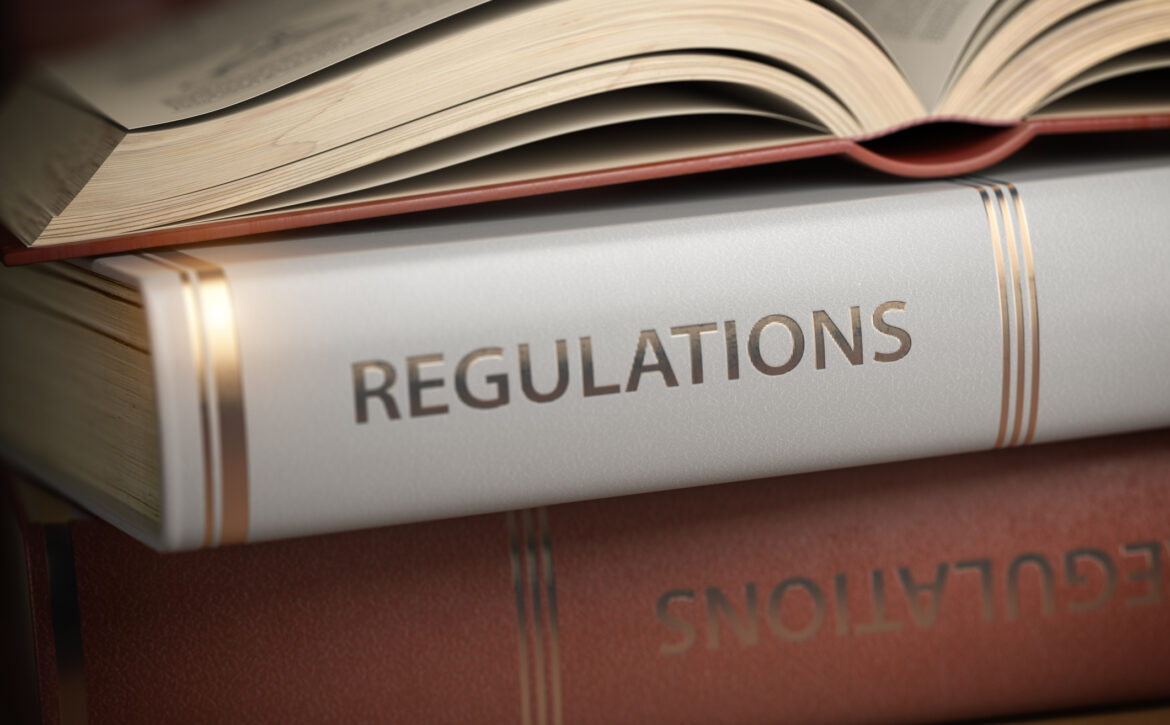Size Matters — and What Credit Union Leaders Should Do About it
By Devon Kinkead
For busy credit union executives, it can be hard to keep up with every data point, trend line, or white-paper arguing for one initiative or another. But a recent Callahan report offers more than just charts and ratios: it reminds us that credit unions operate in a dynamic marketplace, where margins, member behaviors, and competitive pressure shift continuously. For those of us who’ve long believed in the power of data-driven member outreach, this analysis should reinforce a critical conclusion: it’s time to revisit — and perhaps double down — on automated prescreen marketing.
What the Callahan Piece Signals (Loud and Clear)
The Callahan article’s broader messages are consistent with what we’re seeing across the industry:
- New member growth slowing across almost all asset sizes.
- Performance gaps between different asset sizes are altering portfolio composition.
- A recognition that seeing what comes in the door or broad-based outreach and “spray and pray” marketing approaches no longer suffice to drive loan growth or member engagement in a competitive, digitally-savvy financial marketplace. Implicitly, this argues for smarter, more surgical interventions.
Put simply: the industry is at a crossroads. Institutions that rely on legacy new member acquisition and wallet share expansion approaches or “wait and see” thinking risk being left behind, permanently.
How Prescreen Marketing (Especially Automated) Answers the Call — and Supports the Credit Union Mission
That’s where prescreen marketing becomes not just useful, but mission-critical. Here are a few ways it matches perfectly with the challenges and opportunities facing credit unions today:
1. Efficiency and Precision in Targeted Lending:
- Prescreen marketing allows you to proactively identify members or prospects who already meet defined credit criteria and are therefore likely to qualify for loans or refinancing.
- By focusing only on credit-ready members, you reduce the wasted cost and overhead of broad marketing — which in times of margin pressure and competitive noise is a meaningful advantage.
2. Deeper Member Relationships, Better Service:
- Automated prescreen campaigns enable you to reach members who may be overpaying or carrying high-cost debt and offer them better credit products or refinancing at the right moment. That isn’t just about making loans — it’s about helping members save money, improve their financial health, and feel the credit union truly cares for them.
- When credit unions communicate proactively and personally — rather than waiting for members to walk in or fill out applications — it strengthens trust. That kind of trust is a competitive differentiator when larger banks or fintechs are chasing the same customers.
3. Aligning Growth with Mission and Community Impact:
- Members who reduce debt or refinance at better rates often free up disposable income — which then circulates back into the local economy.
- That’s more than good business: it’s the essence of what many credit unions were founded to do — improve financial well-being and support community prosperity. Automated prescreen isn’t at odds with mission — it amplifies it.
4. Leveraging Moment of Market Opportunity:
- Prescreen marketing — especially automated solutions — often offers high ROI, because it cuts down marketing waste and improves conversion compared to traditional blanket mailers or generic digital ads. In fact, case studies show credit unions using prescreen data have achieved strong new-loan balances and meaningful ROI.
- The HELOC consolidation opportunity is at a historic high with the intersection of record revolving debt and record home equity; prescreen marketing can capture this huge opportunity at a profit.
What Hesitation Costs — and Why Delay Might Be Risky
The gap between credit unions that adopt modern, data-driven outreach and those that don’t may widen quickly. Credit unions that hesitate risk:
- Losing loan-volume opportunities as liquidity sits idle, while members who could use refinancing or better rates take business elsewhere (fintechs, banks, other credit unions).
- Falling behind peers who use automation to drive member engagement and loyalty — and thereby weakening their competitive position not gradually, but sharply.
- Undermining their mission: if part of the credit union’s purpose is improving member financial health, failing to proactively offer better credit or refinancing is a missed opportunity to deliver on that promise.
In short: hesitation isn’t just lost revenue. It’s lost relevance.
What Leaders Should Do — A Practical Action Plan
If you’re a credit union executive here’s a practical roadmap to act upon:
- Assess your data and marketing stack — Do you have the credit bureau data access, post-campaign analytical capabilities, and compliance infrastructure needed to run prescreen campaigns? If not, identify partners or vendors (or build internally) to close the gap.
- Pilot an automated prescreen campaign — Start modestly: perhaps refinance-eligible auto-loans, or a subset of members likely to benefit from lower rates. Track key metrics: response rate, conversion rate, ROI, member feedback.
- Embed member-health and community benefit in your campaign messaging — Position your offers not just as business opportunities, but as ways to support members’ financial well-being, reduce debt burden, and contribute to community strength.
- Measure, iterate, and scale — Use campaign data to refine credit criteria, messaging, timing, fulfillment channels. As you gain confidence, expand the scope.
- Communicate internally and externally — Ensure your board, leadership team, and staff understand how prescreen marketing aligns with your mission; frame it as a member-centric, strategic initiative — not just a revenue play.
Why This Moment Matters — and Why Credit Union Executives Should Care
Overall member growth declines coupled with member growth and loan portfolio composition differentials between large and small credit unions reflect an inflection point in the credit union industry — a moment when external pressures (competition, fintech, shifting member behavior) collide with internal imperatives (mission, community service, financial stewardship).
In that context, automated prescreen marketing isn’t just another tactic; it’s a strategic lever. It offers a way to reconcile the often-competing demands of growth and mission. It gives credit unions a chance to lean into their strengths — member trust, community roots, personalized service — while leveraging modern data, automation, and marketing discipline to remain relevant and competitive.
For credit union executives, the question isn’t “Can we justify prescreen marketing?” — the question is “Can we afford not to?”
Because the institutions that act decisively, invest now, and commit to using data to deliver real member value may well be the leaders of the next chapter of the credit union movement.











